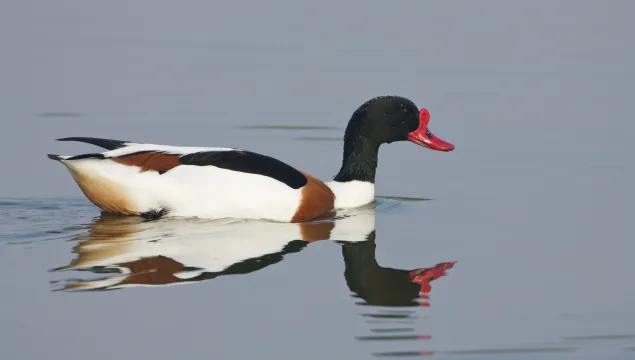
Shelduck
One of our largest ducks, the shelduck is a handsome creature with a dark green head, red bill and chestnut-brown band across its white body. Look out for it around most of our coastline, particularly in winter.

One of our largest ducks, the shelduck is a handsome creature with a dark green head, red bill and chestnut-brown band across its white body. Look out for it around most of our coastline, particularly in winter.
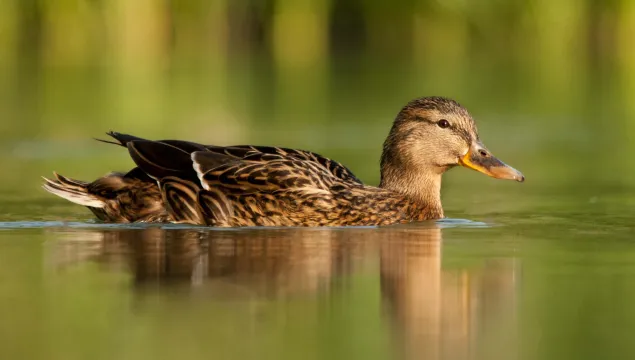
The much-loved mallard is our most familiar duck, found across town and country. If your feeding the ducks please don't feed them bread - it's not good for them! Instead, they love eating sweetcorn, lettuce, oats and seeds.
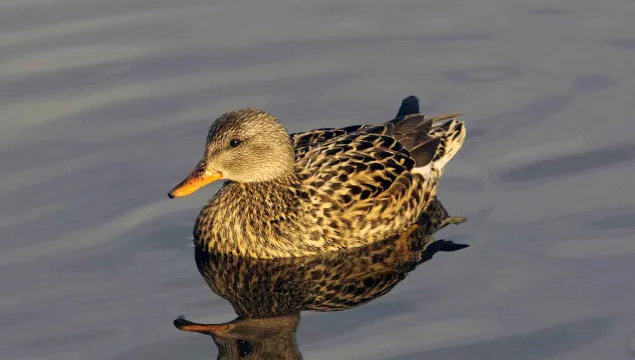
The gadwall is a dabbling duck, feeding at the surface of shallow water by 'upending' - putting its head down and its bottom up! Only a small number of gadwall nest in the UK, but large numbers winter here.
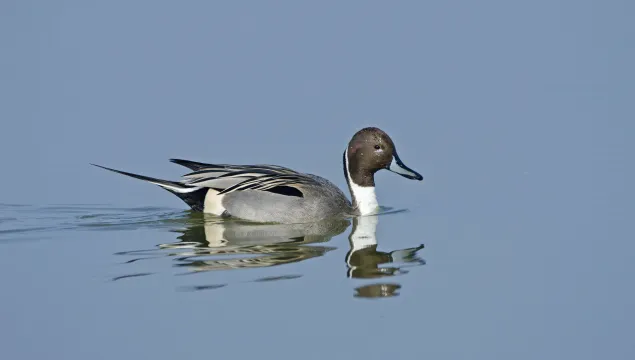
When spotting the pintail in winter, look out for the fabulous, long tail feathers that characterise it. This dabbling duck feeds at the water's surface, rather than diving for food.
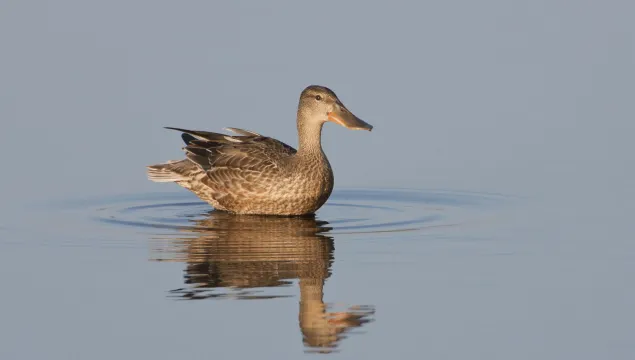
Living up to its name, the shoveler has a large and distinctive shovel-like bill which it uses to feed at the surface of the water. It breeds in small numbers in the UK, but is widespread in winter.

The wigeon is a colourful duck that can often be spotted wheeling round our winter skies in large flocks. A dabbling duck, it surface-feeds on plants and seeds in shallow waters.
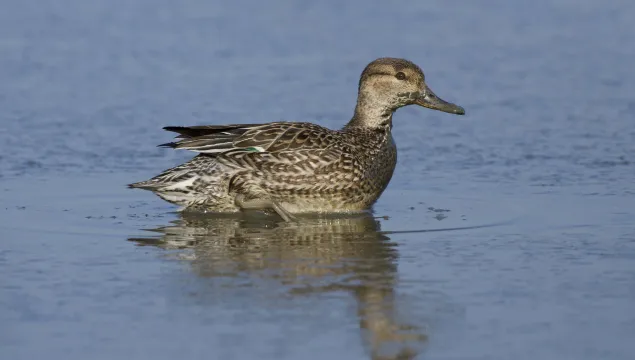
The teal is a pretty, little dabbling duck, which can be easily spotted in winter on reservoirs, gravel pits, and flooded meadows. Watching flocks of this bird wheel through a winter sky is a true delight.
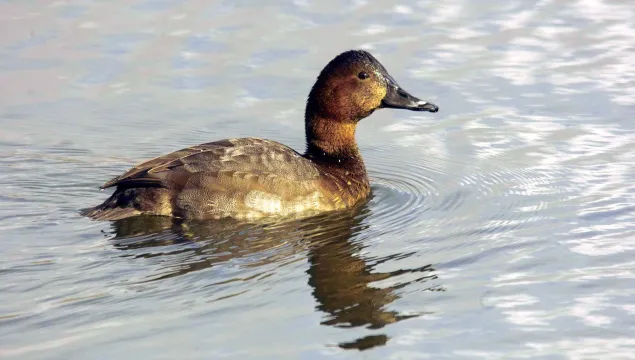
The once-common pochard is now under threat because its populations are declining rapidly. The UK is an important winter destination for the pochard, with 48,000 birds visiting our wetlands and coasts.
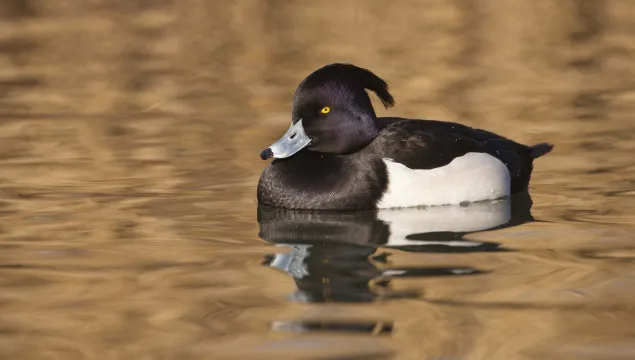
This comical little duck lives up to its name – look out for the black tuft of feathers on its head!
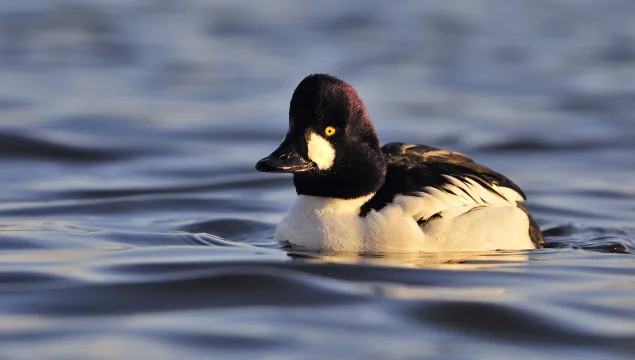
A medium-sized diving duck, the goldeneye can mainly be spotted in winter when birds fly in from Northern Europe. Conservation efforts have helped small numbers of these birds to nest in Scotland.
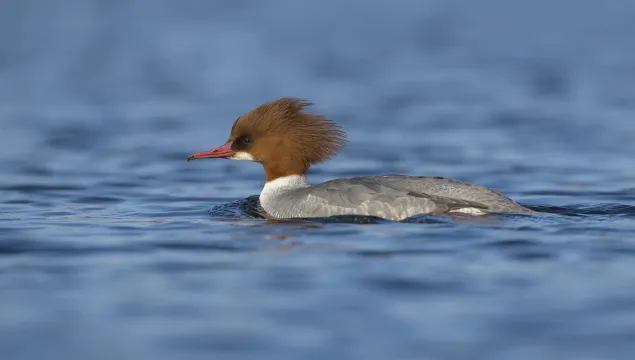
The streamlined goosander is a handsome bird and a great fisher - its long, serrated bill helps it to catch and hold its slippery fish prey. It nests in riverbank trees, but can be seen on lakes and reservoirs in winter.
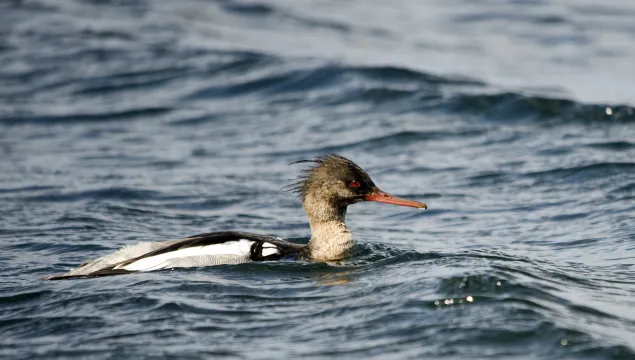
The streamlined red-breasted merganser is a handsome bird and a great fisher - its long, serrated bill helps it to catch and hold its slippery fish prey. It is most commonly spotted around the coast in winter.